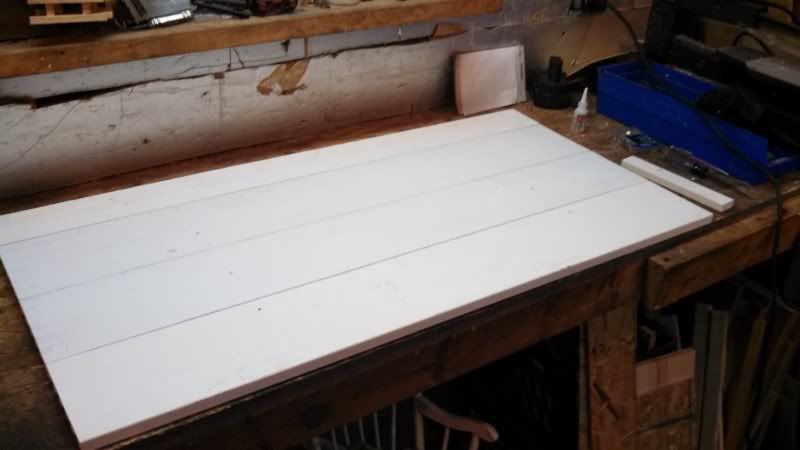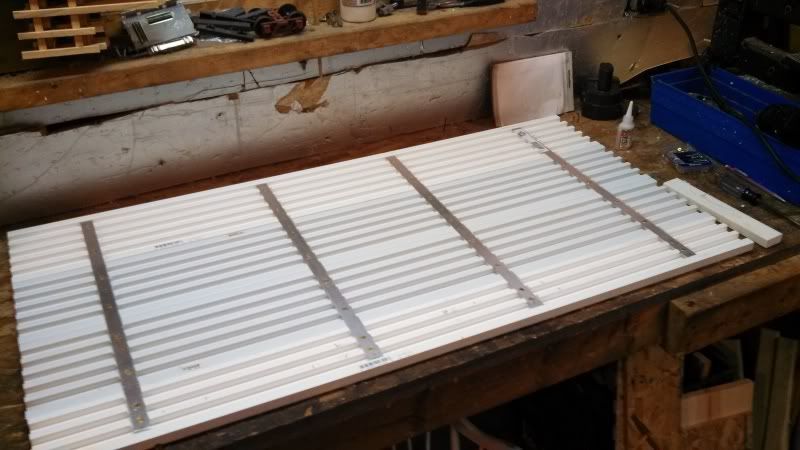I have several buildings in my layout and have had them just sitting on the ground. I just added these buildings to the layout last year. I don’t like the look of this, and this year would like to fine tune the look. What material can I use that will withstand the elements. The buildings are mostly Piko, some Pola, which may not need to be based, and some to be built from scratch.
The theme of the layout is more of a New England feel, as opposed to a Western or industrial look.
I did try a search, and did not achieve any ideas after looking thru some of the posts, not all of them.
Any suggestions or advice is most appreciated.



